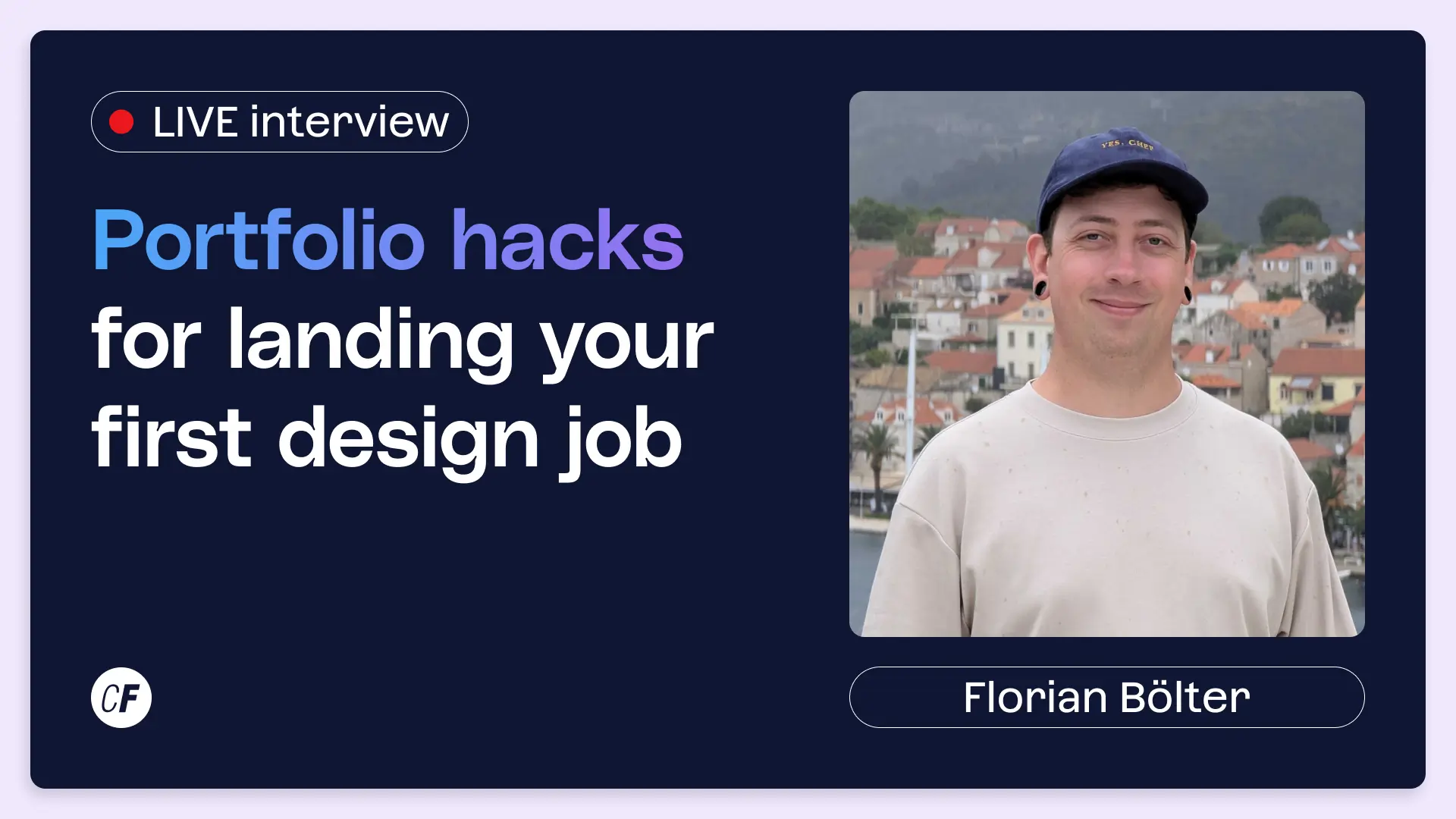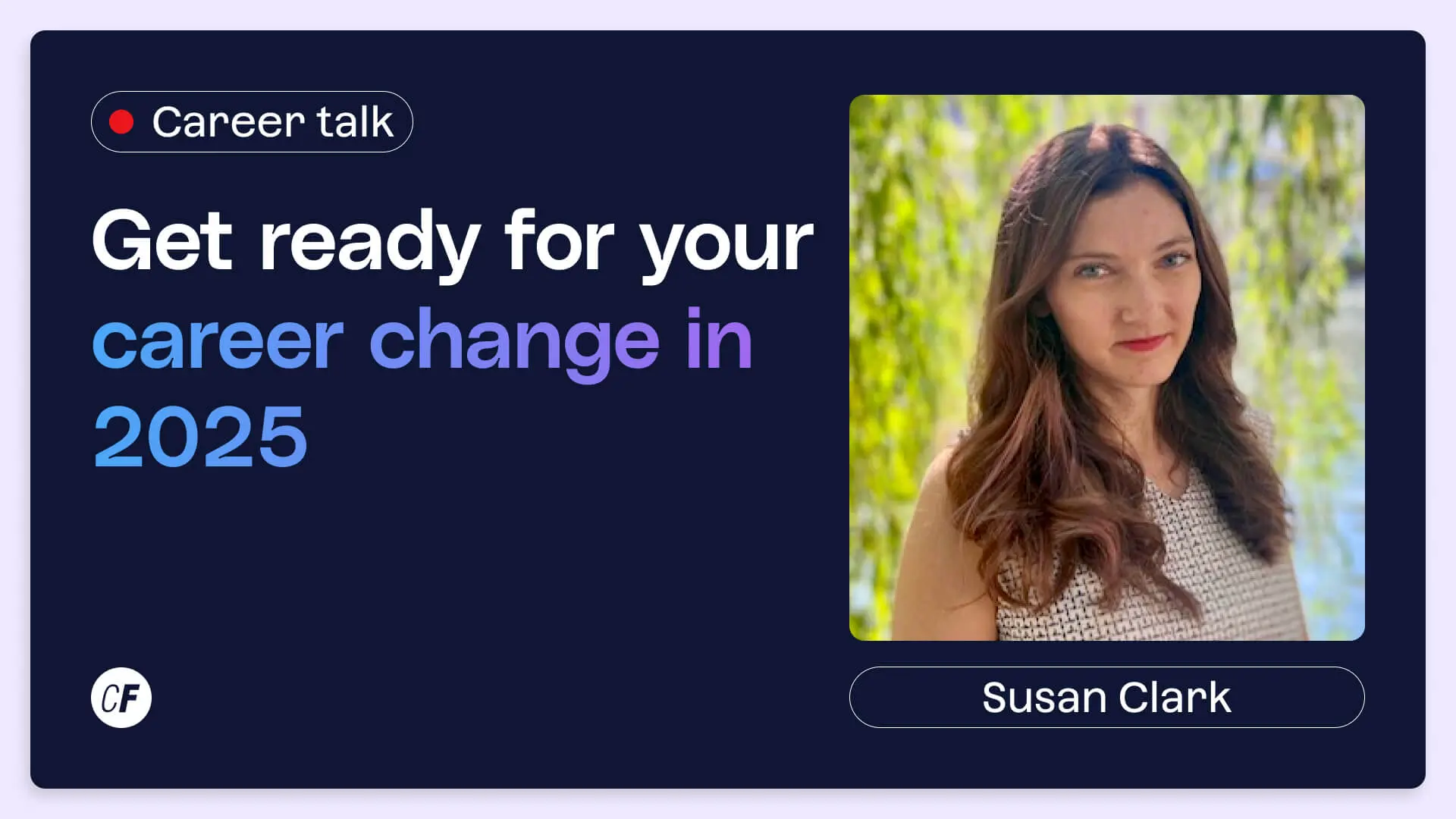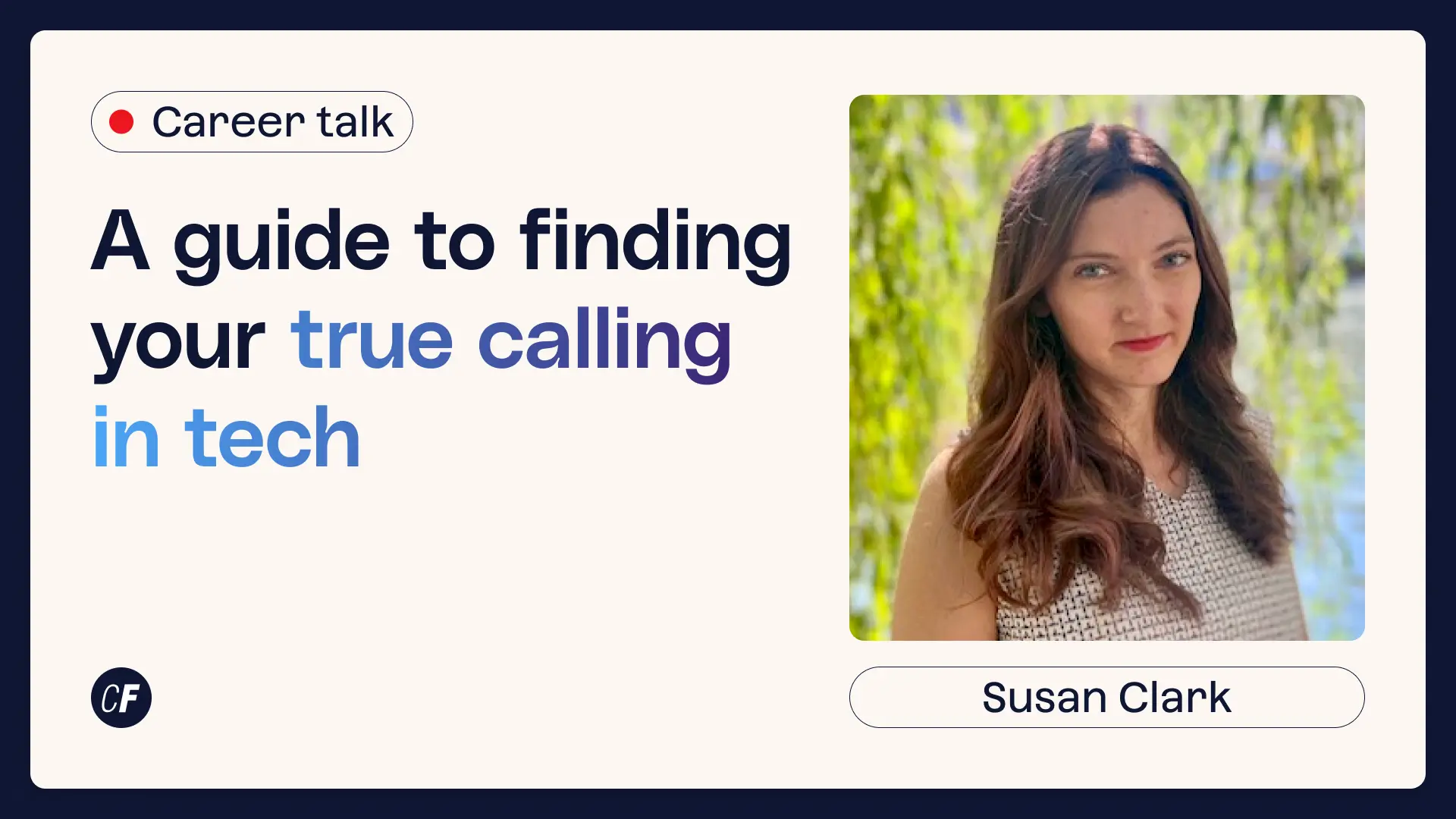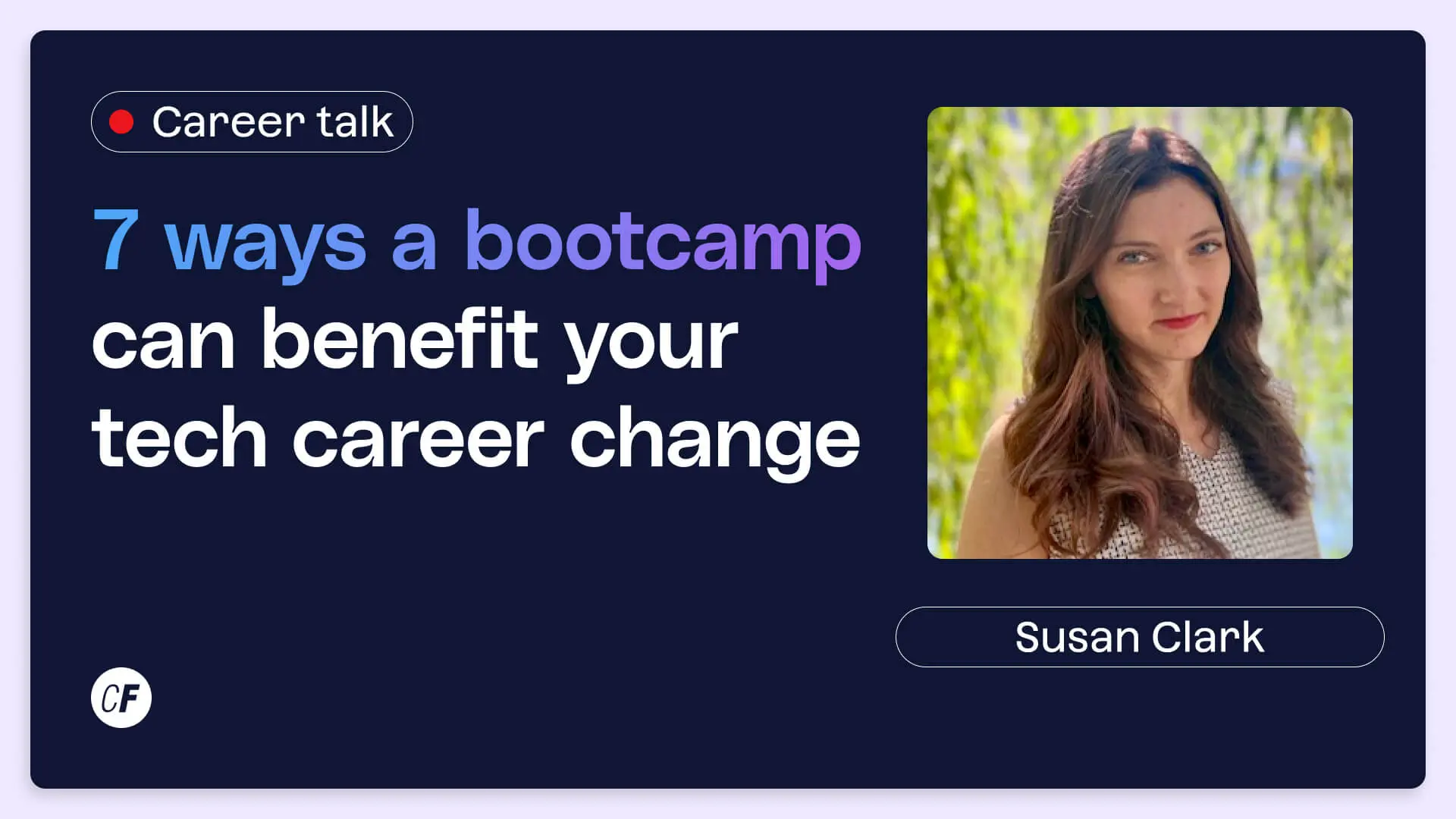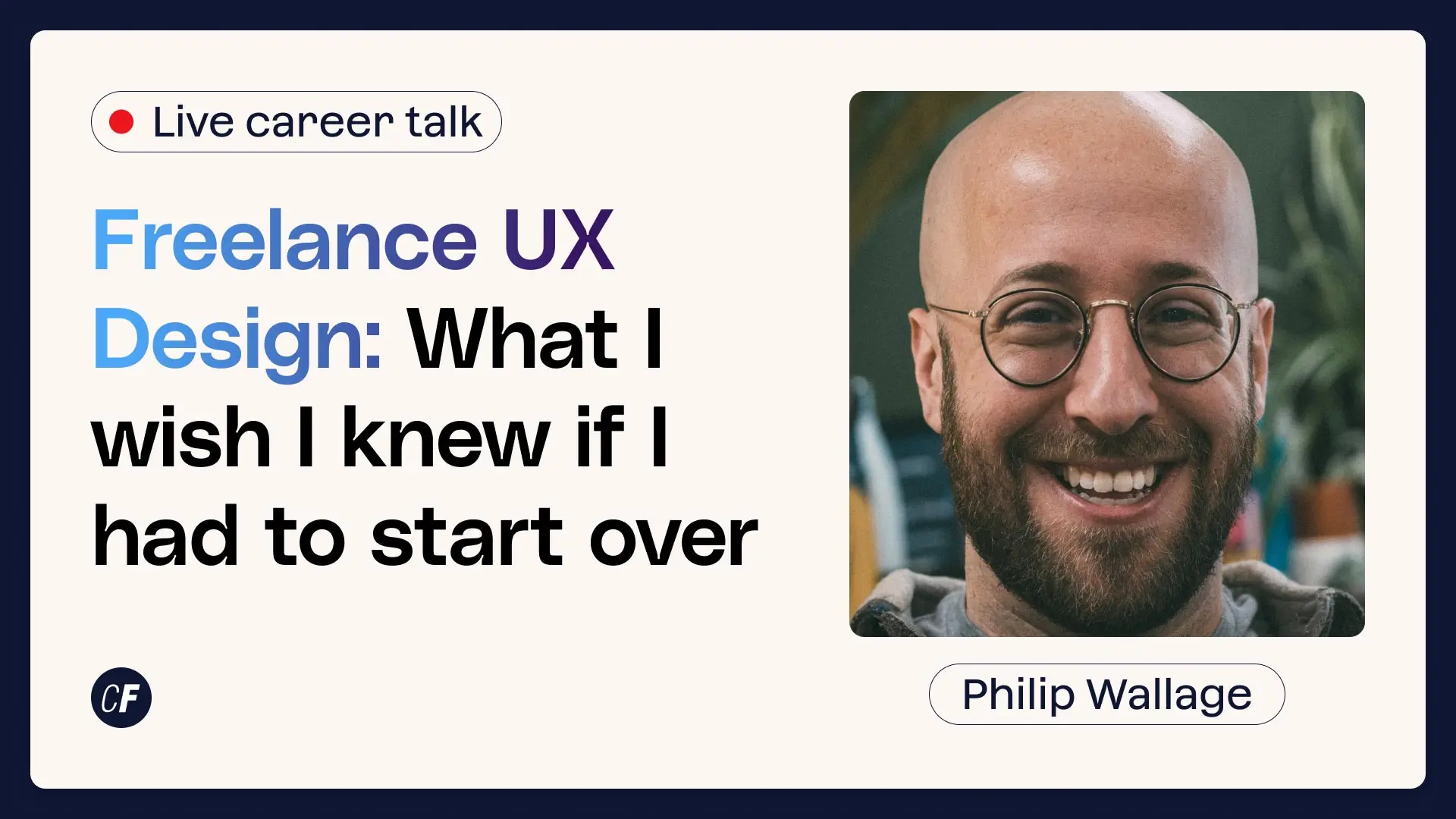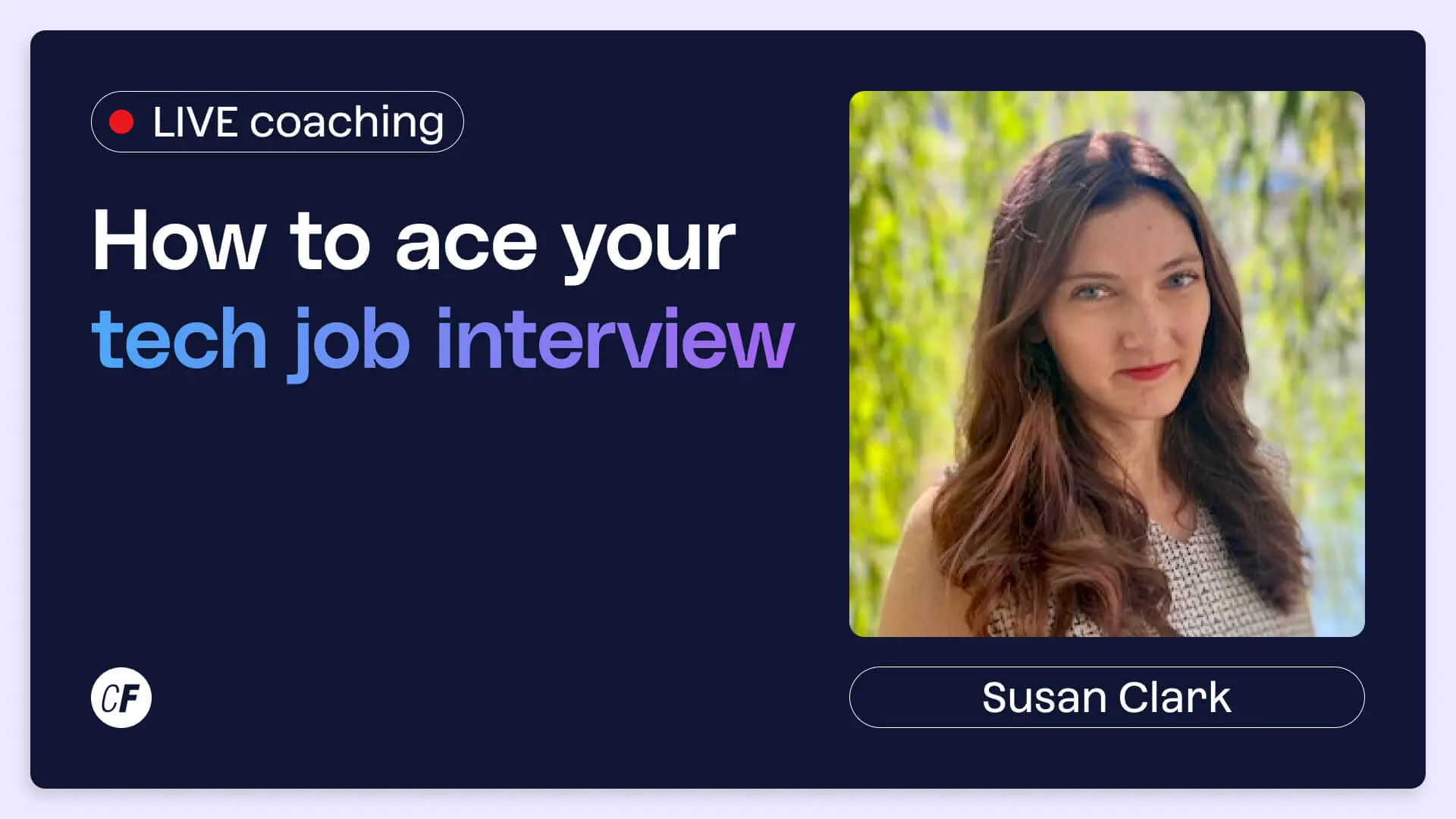Things I Wish I Knew Before Starting Out in UX Design
Ever wanted to know what it’s really like to work as a UX designer? The reality of the job might be a little different to what you thought! It certainly was for Maureen Herben, a CareerFoundry UX graduate who went on to become a product designer.
While completing a UX program will do as much as it can to prepare you for the realities of working life, there’s plenty you’ll only learn about once you start working in the field.
In this video, Mauren shares her experiences entering the industry, including all the things she wished she knew before she started. If you’re looking at getting into UX, check it out!
How do I become a UX designer?
UX design has emerged as a niche career path in the 90s to one of the most sought-after tech career paths today. And it’s not just in-demand from employers—many people seek to retrain in UX for the reported excellent work-life balance, as well as the healthy salary that the role tends to offer. Sounds great! So how do you become a UX designer, anyway?
While the job title has ‘design’ in the name, you don’t need to have a design background in order to transition into a role as a UX designer. What you do need, though, is a healthy amount of curiosity and the desire to learn the hard and soft skills required to get into the field. Let’s get into that now.
UX design requirements: Soft skills
Working as a UX designer requires a lot of interaction and collaboration with fellow colleagues and clients, so strong communication skills are important. As you’re designing with an end user in mind—and will need to understand their needs and frustrations—you’ll also need to possess high empathy. In saying that, you’ll also need to be able to think critically in order to make design decisions that are purposeful and relevant to your stakeholders. Finally, as a UX designer, you’re constantly seeking to improve how things work, which means that you’ll need a healthy amount of curiosity and the desire to learn.
UX design requirements: Hard skills
The specific hard skills required will likely change from role to role. However, the skills we’ll list here are the general skills that most employers will look for in a general UX role.
- User testing: Ass you’re designing for users, it’s crucial to know what they need. Successfully testing users and extracting what their needs and pain points are will be key to creating a usable product.
- Wireframing/prototyping: This refers to the process of staging your designs in order to test them and troubleshoot through any problems before the design gets delivered to your organization’s development team. Wireframing and prototyping efficiently is a skill that is at the core of any UX role.
- UX writing: Not every UX designer will be a UX writer–and vice versa–but having the skills to concoct clear and succinct calls to action, error messages, and captions will have a huge impact on the end user, and will be invaluable to any organization you work with.
You can learn more about the skills you’ll need to excel as a UX designer in this guide.
Graduating from a certified UX design program
Some of the soft skills we’ve listed will come to you naturally, and if you’ve got a background in design, you may be familiar with some of the hard skills already. However, brushing up on your skills—or getting a good overview of the skills you are keen to learn—will naturally be beneficial to anyone looking to enter the field of UX design.
A great way to get job-ready is by taking a recognized certified UX design course. We’ve got a list of some of the best courses on the market, but it certainly helps to do your own research to find the course that will suit your personal needs and interests.
Creating your UX portfolio
Once you feel ready to start applying for jobs, you’ll need to make sure your UX design portfolio is complete and up-to-date. On top of a robust CV and succinct, targeted cover letter, a UX design portfolio gives hiring managers an insight into your background and design thinking ahead of an interview.
So, what needs to go in your portfolio, then? While finished products look aesthetically pleasing, they’re not enough by themselves. You’ll also need to show the process that you followed to end up at your final product. If you’re new to the industry, you likely won’t have a lot of finished projects to show—and that’s okay! Projects that show a bit of your personality will be great to include. Again, don’t forget to show your process with user flows, sketches, and wireframes!
We’ve covered the UX portfolio-building process in more detail in this guide.
Networking and applying for jobs
Right—now’s when the real work begins. You may already have an idea of what companies you’re targeting, which is a great place to start. If you’re operating on a little more of a blank slate, looking on popular job boards will help get the ball rolling.
When applying for jobs, make sure that your cover letter is written directly to the company, outlining how your skills and experience match the job description. While it sounds exhausting to do this with every job application, putting in the extra effort will help your application stand out.
If you’re called in for an interview, it helps to be prepared to answer some of the common UX design interview questions that will likely come up in the screening process. You may also be asked to complete a whiteboard challenge, which is where you’ll be presented with a design prompt and will need to come up with a viable solution in a short amount of time (normally about 30-60 minutes). The purpose of the whiteboard challenge is not to come up with an actual usable solution, but to highlight how you move through the design process and externalize your design thinking to the interviewers.
Want to learn more about how to get started in the field? We’ve put together a complete guide on how to become a UX designer here.
Featured presenters

Maureen Herben
Product Designer at Miro & CareerFoundry UX Graduate
Product Designer, Content Creator and Workshop Facilitator on a mission to make design knowledge accessible to everyone.

